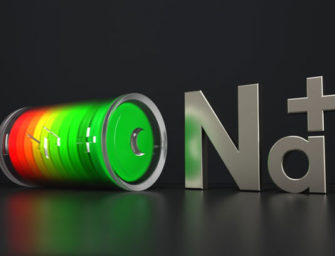Is Silicon Valley Heading for a Second Tech Bubble?
As billion dollar valuations and blockbuster acquisitions grab headlines, the NASDAQ and S&P 500 have hit their highest levels since the dot-com crash. But is Silicon Valley really heading for another tech bubble?A Tech Bubble
In March 2000 the dot-com era tech-bubble burst. Investors, who had ignored traditional metrics in favour of bidding on the future profit of the all-new Internet, caused stock prices to rapidly rise. But, just days after the S&P 500 and tech-heavy NASDAQ hit all-time highs, both collapsed losing 50% and 75% respectively. Silicon Valley saw 200,000 jobs disappear overnight, and $5 trillion were wiped-off the market-value of tech-companies.
Fourteen years later and we are now seeing growing debate as to whether we’re in a second tech-bubble. The S&P 500 has hit another record high and the Nasdaq is near levels not seen since 2000, as numerous, not just headline grabbing, young tech-startups hike-up stock prices and garner valuations and acquisitions far in excess of their worth.
Billion Dollar Valuations and Blockbuster Acquisitions
At the extreme, Uber – the software and car-service hybrid – has been spectacularly valued at $18.2 billion, making it the most valuable tech startup in the world. And Google has acquired the bite-sized Nest for $3.2 billion, Apple has paid $3 billion for headphone-company Beats, and Facebook have taken on, at a $2 billion price-tag, Oculus VR, the $2 million Kickstarter project with neither revenue nor a product that average customers can buy. Headlines have climaxed with Facebook’s acquisition of revenue-free WhatsApp for $19 billion.
At the same time, some of the world’s hottest tech-stock are yet to see a return: Weibo – China’s answer to Twitter – only saw its first quarter of profit at the end of 2013, and Twitter – a company who nearly doubled its stock price on the first day of trading – has not only yet to report profit but is actually running a loss.
Established Stock
But, there are several arguments that attempt to refute the bubble. The tech-sector price-to-earnings ratio (the system used to determine if a stock is trading on an investment or speculative basis) is in fact currently trading at around a multiple of 14, a figure significantly below the 22.3 average we have seen over the past fifteen years. This suggests that stock prices (the present value of future earnings) are reasonable and steady, rather than rapidly rising as was the case in the late 1990s.
We’re also not seeing as many IPOs this time round; 70 tech IPOs are due this year, which is a figure up on last year but one that is relatively small compared with the 261 IPOs of 2000. In effect, venture capital firms are carrying most of the risk, not the general public investors.
And of course, tech is now a bigger and more stable part of the economy than it was fifteen years ago, an established and trusted industry that permeates every element of peoples’ lives. Investors similarly argue the technological surges forward in mobile, cloud and data justify the heavy bets.
High Potential
But really, investors are betting on the tech sector’s potential for high growth: that these tech startups will be able to scale up their products, at little cost, for a market that now covers the globe. As Mark Zuckerberg comments: “The theory for WhatsApp… is that they’re on a path to have a billion people using their product in the near future, and there just are not that many services in the world that can reach a billion people”.
However, we must remember that in the late 1990s Silicon Valley similarly believed that their billion dollar bets on the rapid revolution of the Internet were justified, and so investors need to be ever-increasingly careful if we are to avoid a pop.
















There are no comments
Add yours